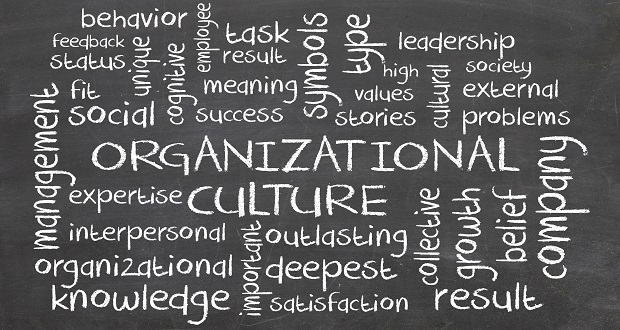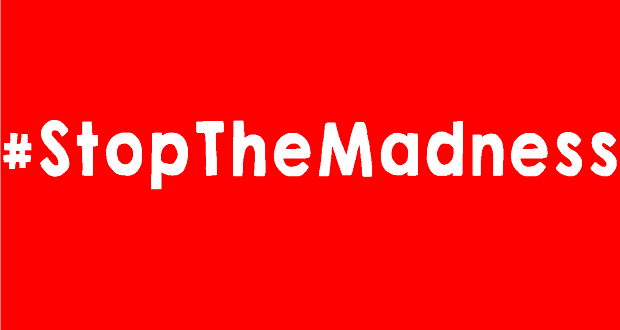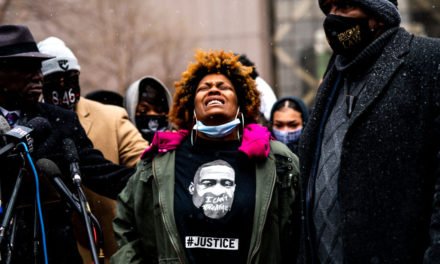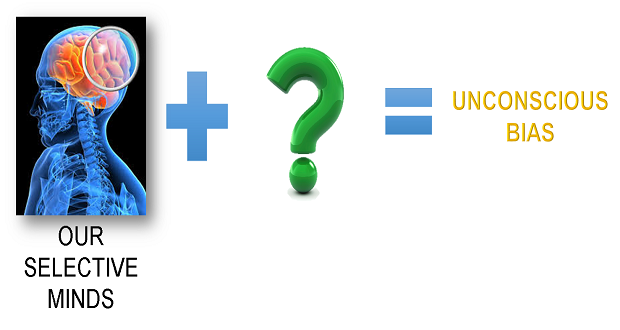
If you ask most people not in the diversity and inclusion or organizational development fields to define culture you will get a laundry list of material and immaterial culture, mostly describing pop culture. Things like, curry, NASCAR, Michael Jackson, soul food, rap, square dancing, Republicans and Democrats, rodeos and football–all of the interesting things that make us unique and mark our group identities. What most of us who study the field of organizations or work in HR or related functions recognize is that industries have unique cultures, organizations have unique cultures as well as units within the organization. There are cultures within cultures within cultures, if you will. Marketing firms, Human Resource departments, management, factories, the Salvation Army, retail departments, or banks all could be characterized as cultures.
We sometimes miss the cultural aspects of organizations. In fact, teachings in many business schools have largely characterized organizations as very systematic, routine, bland entities that follow fairly strict guidelines. These theories paint a picture of “culture-less” organizations because when you look across industries (marketing, retail, service sectors, financial firms, etc.) you see a lot of similarity in the ways organizations are structured and operated. You can even recognize deep patterns across organizations globally, with the adoption of “CEOs”, HR departments, sales teams, and other agreed upon structures. In fact, many people mistake this broad uniformity of organizations for the way things have always been—and the way they must be now. But we must be careful not to fall into the trap of mistaking what is around us, as universal and unchanging.
This is why thinking about organizations as “cultural products” is at once so challenging, and so important. Organizations, like all of the other parts of our culture, are culturally created over time. Think about the nature of many businesses in the 1920s and 30s. Large factories with very limited benefits or concern for employees (child labor, 16 hour days, no vacation, etc.). This was the organizational culture of the day. But with the rise of labor movements, unions, and economic changes, organizational culture evolved into what it is today. And like all culture, it is always changing–even as you read this.
So why is organizational culture so important? For one, if you assume that organizations are unchanging parts of the world, you will only be left with solutions that are focused on the individuals that make them up. This shows up in management schools that solely focus on the nature of leadership or strategies that are simply focused on profits or efficiency. But if organizations are first and foremost cultural productions, we should spend time thinking about large-scale cultural factors that inform our practices.
Here’s an example. Stereotype threats are a very real part of organizations. A strictly individualistic approach to stereotype threats would only look at how unconscious bias and micro aggressions (both very real and consequential) have an impact. But a more holistic approach—that takes culture seriously–would also look at ways the organizational structure and culture can be changed to reduce triggers of stereotypes. In fact, research shows that more individualistic approaches to diversity that ignore cultural—and structural–factors may be less effective (Kalev and Dobbin). But the success of diversity efforts is maximized when combined with organizational change in structure and culture. So a holistic approach that combines structural/cultural changes (ERG’s, Chief Diversity Officers, affirmative action, etc.) with individual focused programs seems to be most effective. And this holistic approach is not possible if we do not continue to treat our organizations as equal parts of our culture—that can be molded, transformed, and created for the better.



















Our organization has a diverse culture. I think that getting services for organizational solutions will help us create a positive culture for my peers. As you mentioned, the nature of the culture of businesses are ever-changing, so I hope that this can help us get some sense of stability in our office.